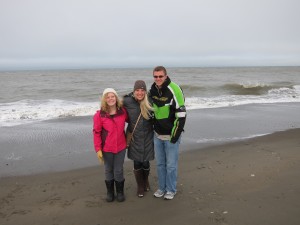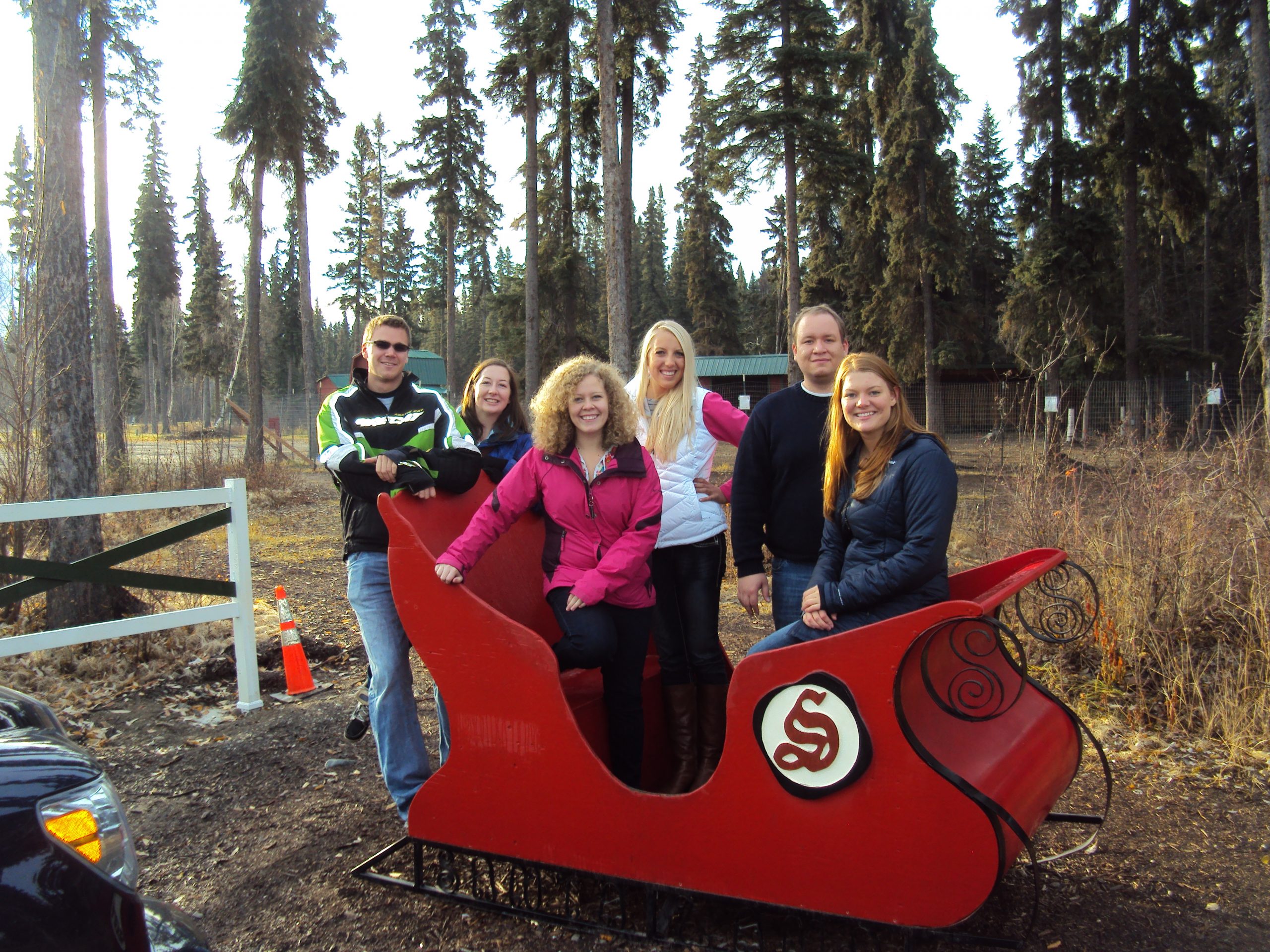Taking their education to greater heights, Senior Nursing Majors Laura Dack, Josh Hinzen, David Krebs, Larissa Milne, Madeline Schmitz, and Anna Torborg are currently on a six-week journey in Alaska. There, the students will work in clinical settings in two different cities. Half of the students started out in Barrow doing Public Health work and the other half started in Fairbanks working with obstetrics health.
“At the halfway point in our experience, the other students will come to Barrow, and we will go to Fairbanks,” Torborg said.
This program is an opportunity for nursing students to obtain a culturally rich experience since they are not able to take a semester abroad.
Professor of Nursing Barbara Zust described this experience as a “gold mine.”
Alaska is the most medically underserved area in the United States. Nursing students participate in diverse clinical settings where they are making a difference in the lives of Alaskan natives.
In Barrow, students are working with Public Health nurses on issues such as anti-bullying, suicide prevention, and obesity prevention. Students also shadow nurses as they go through their daily appointments with patients, providing flu shots and vaccines, as well as accompanying nurses to a remote village to provide health care to smaller, more rural communities.
In Fairbanks, students are in the clinical and hospital settings following obstetrics nurses at the Fairbanks Memorial Hospital and Chief Andrew Isaac Center, where they observe Caesarean sections, births, and postpartum care. They are also working with acute care patients in a group home setting, who have been accomadating the students.
“If we mention that we’re from Minnesota, they are excited to suggest places we should visit and tell us about their lifestyle,” Dack said.

Students are also working on an independent health awareness project about obesity and diabetes prevention that will be presented at schools. They will also be providing routine health screenings to children at schools in Barrow.
An average day begins around 6:30 a.m., walking to the clinic or hospital and shadowing a nurse for the eight-hour work day.
“In the evenings we tend to work on homework, to keep up with our courses at school, as well as socialize with the students at the college in Barrow,” Milne said.
The six students are enrolled in the same courses as the other senior nursing students at Gustavus. All assignments and directions are posted on Moodle. These students are given more lenient deadlines due to the spotty internet in Alaska, and so that they can fully experience their time in Alaska.
Although the students lead relatively normal days, this trip meant adjusting to the new culture.
One challenge was getting used to the shorter days and lack of sunlight. By mid to late November, the sun will go down and not rise again for almost two months.
“The days are definitely getting shorter, and it takes a toll on one’s mental well-being,” Torborg said.
Another unique experience is the difference in technology and living conditions.
“We have talked to people who live in cabins without water or electricity. Just hearing about their lifestyle was shocking for us,” Dack said.
Milne had the opportunity to travel to Nuiquist, a small, remote village, to provide health care to the people. Technology proved to be limiting in rural areas.
“The health care provided there was very different from what we are accustomed to in Minnesota. Charts are on paper, everything is done by hand,” Milne said.
Students have not only been adjusting to and learning about the Alaskan Native culture, they are also are gaining an experience that will enhance their future nursing career.
“In order to be a great nurse, you need to be able to take care of the whole person, not just the ailment. To be able to effectively do so, you need to have a respect for where the patient is coming from and for who they are,” Milne said.
The students will return to campus on Nov. 11 with valuable life experiences that will be applicable to their future nursing careers.
“There is something to be said for practicing these skills in an unconventional setting, and in a culture that is completely unfamiliar,” Torborg said.

Suicide can be physical, emotional or spiritual. Maybe you jump off a bridge, maybe you just curl up in a ball and cry alone or maybe you try to cut yourself off from love. Anyway you slice it, suicide is the part where you “check out”. With that “checking out” can come hopelessness, fear and incredible loneliness. It sucks. The people in this project are setting an example of openess and honesty in an endeavor to reach out to others who may be struggling, or “checking out”. thewaveofhope.org